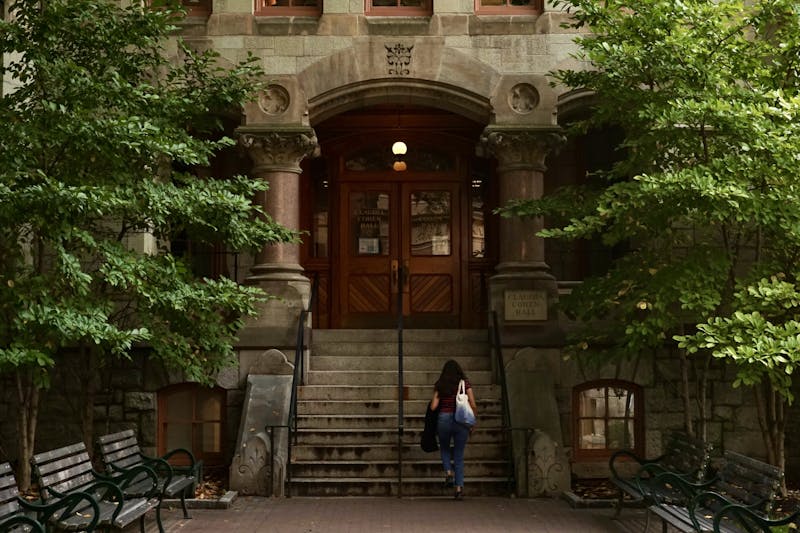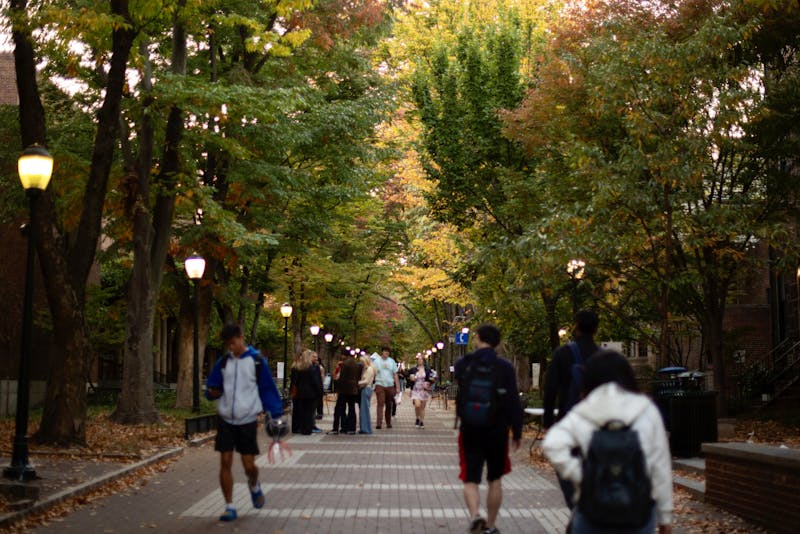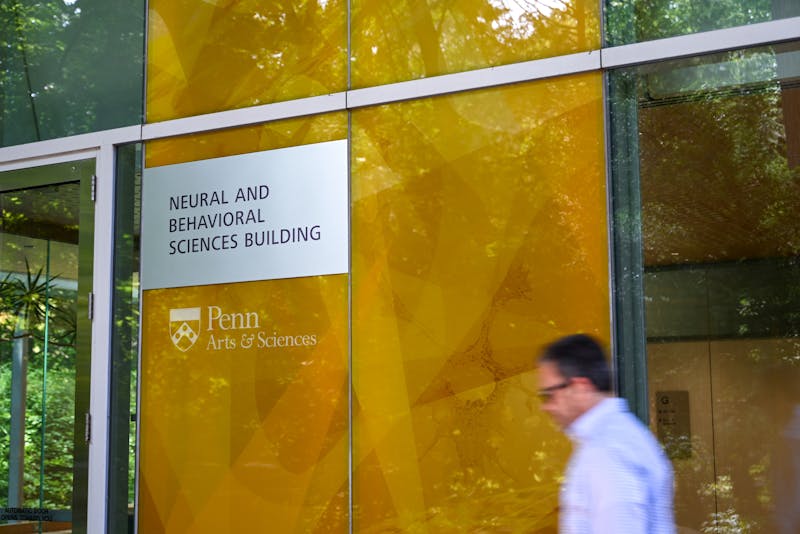In order to resolve the recent debates over early decision programs, some higher education institutions are trying something new.
Schools are combining two early admissions systems -- a binding program known as early decision and a non-binding program known as early action. The result is a policy called single-choice early action. Under this policy, an applicant could apply early to only one university. If accepted, the student is not required to attend, unlike with early decision.
"This model is likely to become more and more popular," said Barmak Nassirian, the associate executive director of the American Association of Collegiate Registrars and Admissions Officers.
This year, Harvard, Yale and Stanford universities adopted this new policy and all saw immense changes in their number of early applicants.
Harvard saw an enormous decline in applications -- 3,894 as compared to 7,615 last year -- which is likely due to their change from early action to single-choice early action.
Yale and Stanford, both of which previously used the binding early decision policy, saw drastic increases in their early application numbers. Yale saw a 42 percent increase in early applications, while Stanford's numbers rose by 62 percent, according to The New York Times.
Harvard representatives said they are pleased about the decreased number of applicants.
"It's just what we expected and actually hoped for," Director of Admissions for Harvard Marlyn McGrath Lewis said earlier this month.
"This seems to have had the effect we hoped it would have -- to reduce the number of poorly considered applications," Lewis added.
"If Harvard has a problem it's that it has too many applicants, not too few," Nassirian said, and that seems to be why switching from traditional early action to single-choice early action made sense.
"In general, most institutions have the problem of making sure they have a broad enough volume to meet their varied goals," he added, noting that what would work for Harvard would not necessarily work for everyone.
"Most institutions would use these changes to their early application policy in order to position themselves to hit the right ballpark in terms of what their target values may be," Nassirian said.
Penn Admissions Dean Lee Stetson said that the large fluctuations in application numbers at Harvard, Yale and Stanford were to be expected.
"Nothing that has happened is surprising given their change of policy," Stetson said earlier this month.
He added that Penn, which has a binding early decision program, has "not discussed the possibility of such a policy."
"In general, certainly the trends are in keeping with what one would have generally anticipated... but much larger than I would have guessed," Nassirian said.
"Applicants and families make judgments not only as future scholars but as consumers," Nassirian added. "Flexibility is always valued."
The entire early application process has come under fire in recent years, with some of its most significant critics in the United States Senate. Some argue that the lack of flexibility makes early decision impossible for many college applicants, such as those who might need financial aid.
"Binding decisions that require students to commit early on may put them at a disadvantage because they are forced to make a decision before other options are known to them," Nassirian said.
Single-choice early action may resolve economic concerns by allowing students to back out of an agreement if they are not satisfied with their financial aid package.
Other universities have dealt with applicants' financial aid package apprehensions differently. Princeton University, for example, "adopted a policy that it would make enough aid available to all undergraduates to ensure that none of them would leave Princeton with a massive loan," Nassirian said.
However, some feel that Harvard, Yale and Stanford universities are more likely to be the standard of the future. Still, these schools are not necessarily the ones that would most benefit from this system, but rather seek to provide a model for other institutions.
"Those institutions could impose the most severe application requirements and quadruple their tuition... and there would still be a line to get in," Nassirian said.
The Daily Pennsylvanian is an independent, student-run newspaper. Please consider making a donation to support the coverage that shapes the University. Your generosity ensures a future of strong journalism at Penn.
DonatePlease note All comments are eligible for publication in The Daily Pennsylvanian.







